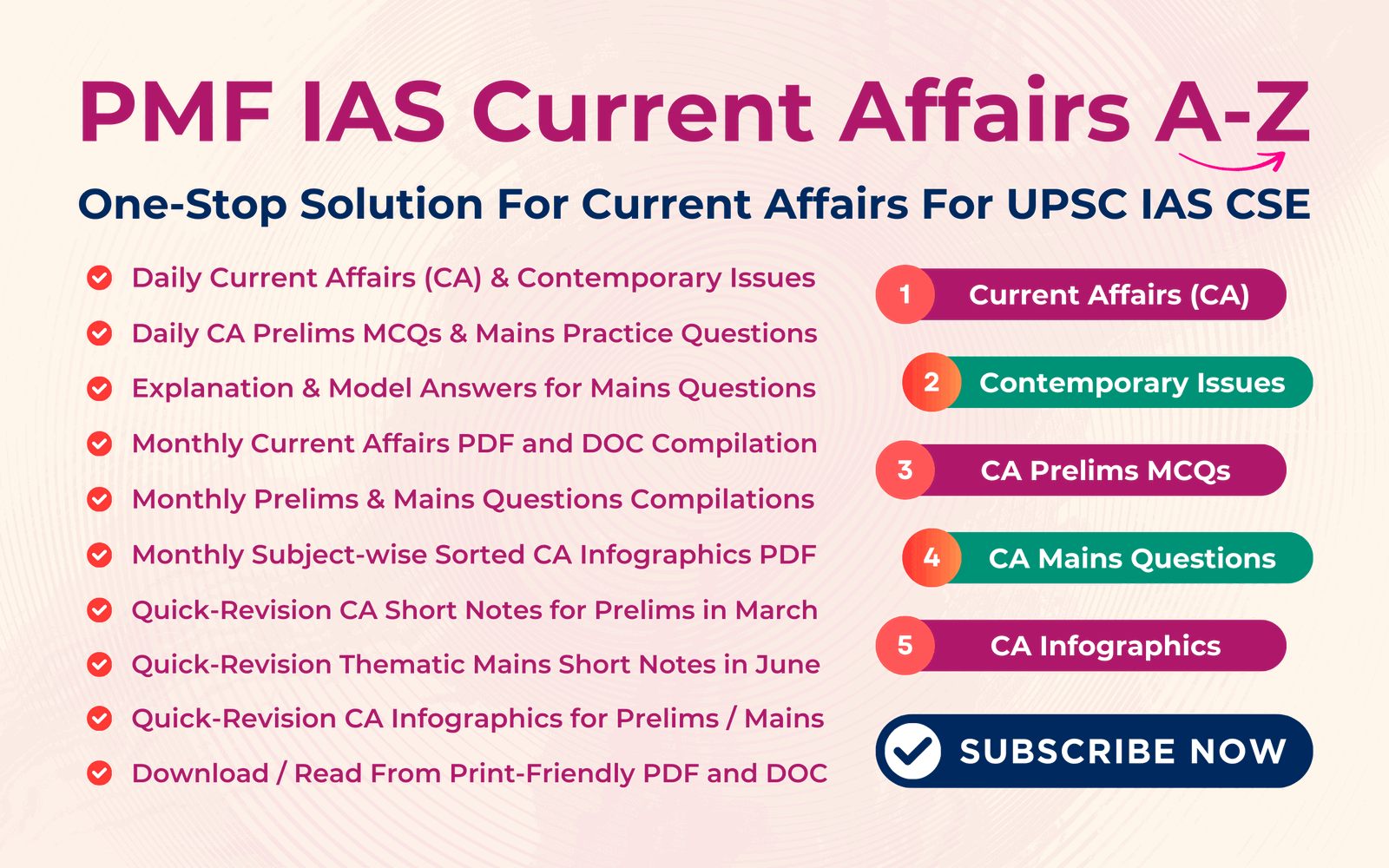
One-Stop Solution for Environment
PMF IAS Environment is a One-Stop solution for all your needs concerning the subject of Environment for the UPSC Civil Services Exam! It is the highest-rated bestselling Environment Book on Amazon with an average rating of 4.6/5
PMF IAS Environment PDF is available on the Environment Downloads page

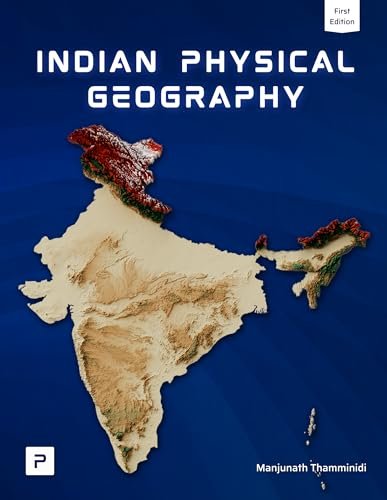
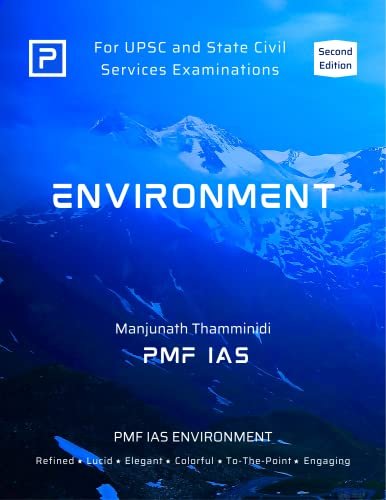
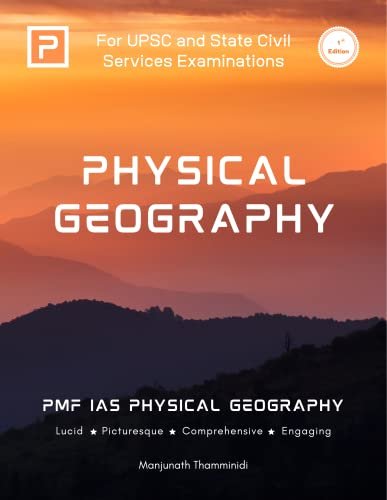
![PMF IAS Environment for UPSC 2022-23 [paperback] PMF IAS [Nov 30, 2021]…](https://pmfias.b-cdn.net/wp-content/uploads/2024/04/pmfiasenvironmentforupsc2022-23paperbackpmfiasnov302021.jpg)

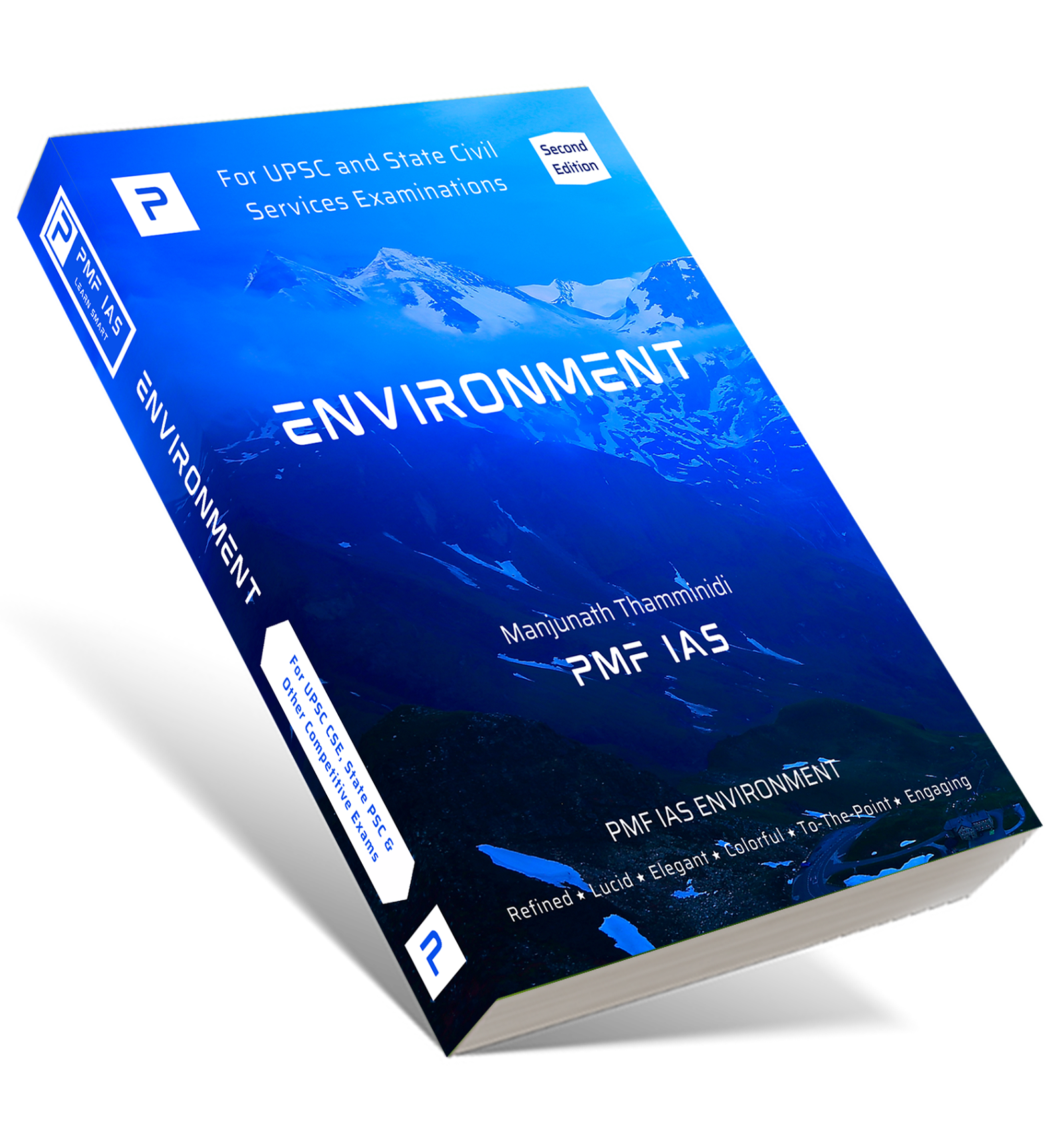
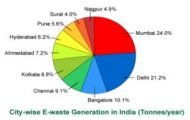


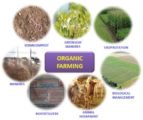

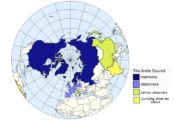
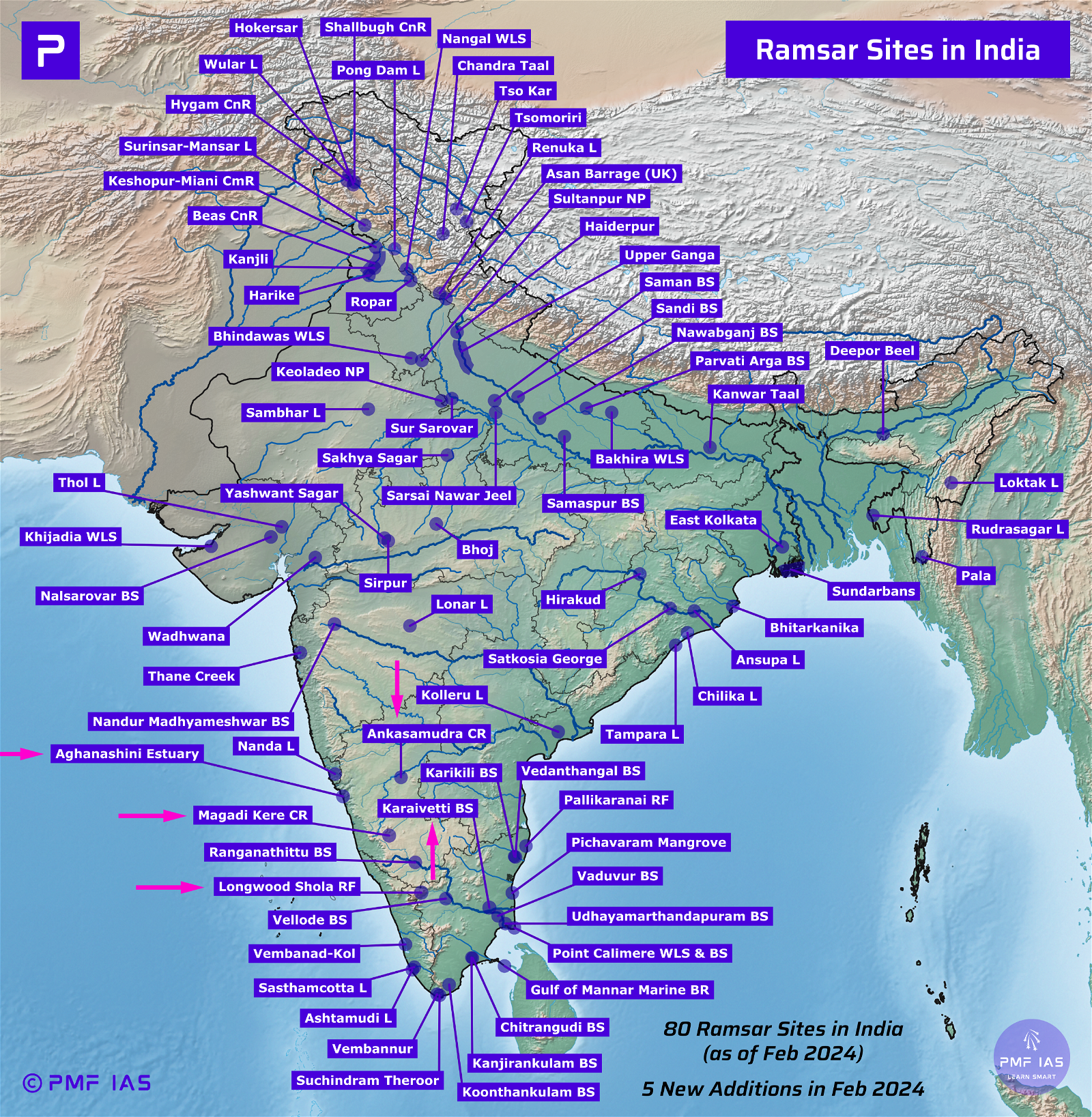





Please provide hindi edition of Environment Book please
Environment 2021-2022 edition will be useful for UPSC 2023?
I don’t think so, because 60% of the content is dynamic like this edition is having ISFR 2019, but now we have ISFR 2021 (which for the 1st time included tiger reserves, Gir range etc), new wetlands etc etc.
I’m trying to connect to them, but i’m uable to…. I want the updated version
When the new version of book will be coming? 2022 or 2023?
Authorized Distributors in Bengaluru Karnataka
Kumar Book Centre
No 7, SS Complex 2nd Phase 2nd Stage Chandra Layout Bengaluru – 560040.
Contact: 9739993646, 7019504314
When will 2022 -23 edition will be launched????
When should we expect the 23-24 edition?
Please now don’t extend the date from 23rd Feb it’s getting too late please realse as soon as possible
Hi team,
By when can we get the latest edition of the environment book ( for people appearing in 2023) ?
Please reply !
Regards,
Shreya
When can we expect the revised edition because it’s the old edition.
any updates on new edition of environment book?
When will the latest edition come?
Edition of 2022 or 2023…
These books need proper updation other they will become useless as environment is dynamic portion not static
Date of second edition (hardcopy) is increasing day by day.and date of pre is getting close. I understand your work load. But environment is the key factor of exam, so please as possible as, provide us book earlier.
Please provide hindi edition of Environment Book
Please dont postpond the second edition further…Prelims is coming, so make the book available on time.
Please available hard copy soon.
Do’t extend date anymore
Please stop extending dates. Release it asap. How will we complete the book and revise them in such less time.
Waiting from last week of January.Please provide second edition of Environment Book as soon as possible.
Please provide 2nd edition – environment as soon as possible, I am waiting from last week of january, my few other exams are very near
And thank you so much for all your efforts
You keep on postponing the 2nd edition for more than a month. Atleast u should have informed us about the correct date of launch right at the begining instead of postponing for few days at a time. I highly doubt whether this will be launched on 8th of March you may postpone it further. Im heavily disappointed and not only me but many others too. Envrionment is the only subject im left with and had planned tests accordingly and prelims is just days ahead.
Guy’s Pmf is playing game with us…this purely some bad marketing strategy. Avoid this book…and let’s select another source.. ऐसी कोई खास बात नही… दुसरा पढेंगे हम
Sir have you published hardcopy in flipkart or not
Respected sir, have you published 2nd edition on flipkart?
Because it’s available on flipkart
Kindly please reply
Out of stock on flipkart for pre-order. Seller booksmania not found
Sir will those who purchase the hard copy will be able to get the soft copy or they will need to purchase the soft copy separately?
Hi, right now, we do not have an effective way to verify book purchases. So, the PDFs must be brought separately.
I purchased pmf ias environment 1st edition then how will I get update with changes you made in 2nd edition
Sabhi 2nde edition hard copy kyu mang rahe
Kya pmf ki book se questions aate he ?
Are you opening up your new offices and looking for a laptop rental service in Bengaluru then you are in the right place? RentMantraa is the one-stop solution for all your gadget-related problems. From us, you will get all kinds of laptops as well as we have all brands in our stock such as Apple, Dell, Samsung, Lenovo, etc
pmf ias environment 3rd edition kab ane wali hai
When will third edition will be released?
I think it is not worth waiting for 3rd edition. You can buy studyiq environment or vaishali anand or Vision IAS Environment book. All three are exellent. Avoid Shankar IAS as this book include poor quality image/diagram.
Why you are continously postpone the release date from Feb 2024….
Is it possible to release in this year or not?